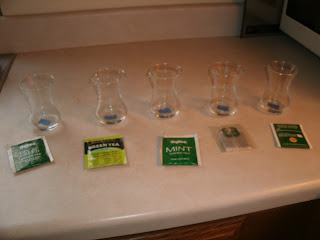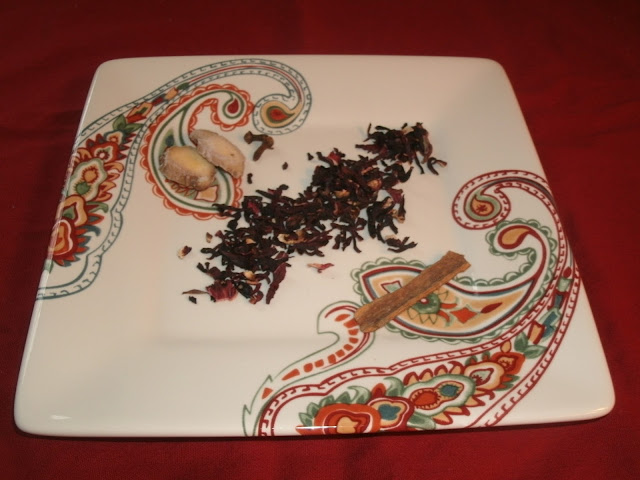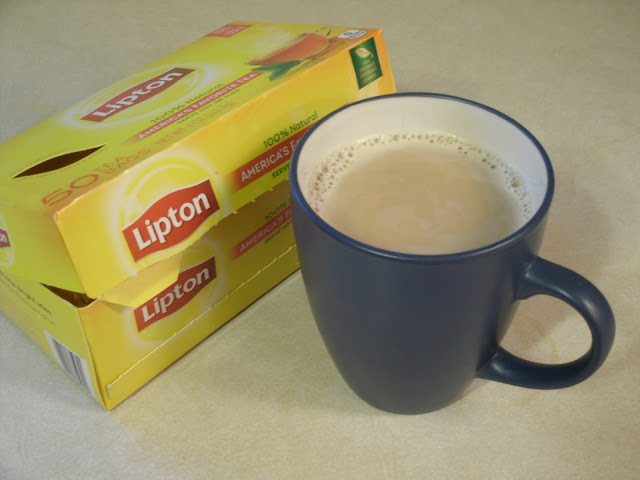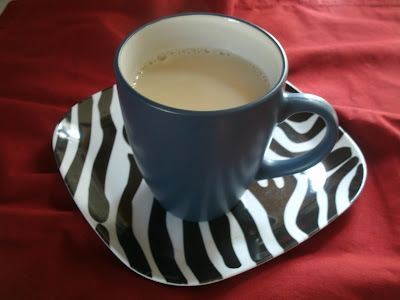A tasting of bagged green teas

Tea tasting I drink a lot of bagged tea at work. It's cheap and convenient. What can I say, my office is not set up for brewing a nice pot of loose leaf. While the dedicated tea heads of the world preach staying away from the bagged stuff because it is low quality, and doesn't taste as good, bagged tea is very popular around the world. So, after ransacking my cupboards for random bags of green tea (I have several boxes that are consolidated from boxes that had just a few tea bags left), I came up with 7 different teas to try. I actually did my tasting in 2 batches because I found 2 other tea bags after the fact. So, how did I do it? The blue thing on the bottom of the cup is a piece of tape with the name of the corresponding tea bag on it. Then I placed the tea bags in the cups, and cut off the tag. Then I mixed them up. Even with the trial of 2 cups, it's easy to lose track of which is which if you pay attention to something else, like a program that you are...




